How to Keep Animals Out of Your Chimney this Summer
The arrival of spring brings a renewal of nature. Flowers bloom, days start to get warmer, and best of all, babies of every species are born. These babies are adorable and endearing, that is until you find a nest of them in your chimney. That’s when, without a chimney inspection and cleaning, the trouble starts.
Depending on the area of the country you live in, your chimney could be home to a multitude of wildlife. Squirrels, raccoons, and birds are the most prevalent. Some other areas are prone to bats, mice, and rats.
It would be wise to remember the animals in your chimney may be bringing parasites with them. Those parasites can be anything from tics and gnats to fleas and mites. When the animals leave, the parasites don’t always go with them. Those same parasites will start looking for another source of food, you and your family.
What happens if an animal dies in your chimney? You not only have a decaying dead animal in your chimney, but it will also be attracting flies. Those flies will find a way into your home, carrying disease with them.
The key to keeping animals out of your chimney is proactive rather than reactive. There are several steps a homeowner can take to avoid visitors in any part of a chimney.

Annual inspection
A chimney inspection will provide knowledge of the condition of your chimney—the best time of year for a chimney inspection in the spring. After using your fireplace all winter, it’s essential to check the creosote buildup and the inner workings of the chimney. The chimney sweep can check to see any wildlife setting up housekeeping anywhere in or on the chimney.
Cut Back All Avenues To The Chimney
Cutting back all branches, vines, and other accesses into your chimney is the best deterrent for wildlife. Animals, like many things in nature, take the path of least resistance. If it is too much work, they will find another place to nest.
Chimney Caps
One of the best ways to stop wildlife from entering is to place a chimney cap and sturdy screen on the outside opening to the chimney. These two create the best defense against all animals, twigs, branches, and dried leaves. A homeowner can install a chimney cap, but it is highly recommended to hire a chimney repair expert to install and guarantee their work.
 Place a Decoy on or Near the Chimney
Place a Decoy on or Near the Chimney
Placing a ‘scarecrow’ decoy animal in the vicinity of the chimney, more than just birds will be frightened away. An owl, hawk, or eagle decoy should frighten away most smaller animals.
Putting these suggestions into play will go a long way in preventing and keeping animals out of your chimney and out of your home.
Northeastern Chimney, LLC has been in the business of helping homeowners for nearly 40 years. Each year they clean and service hundreds of chimneys in the area.
Techs will be on time for each service call, with clean uniforms and badges for identification. Their technicians are trained continually on the newest equipment and techniques for cleaning and repairing chimneys. Each technician will clean and inspect the chimney and will leave the premises as they found it. Clean.
Anything chimney needs Northeastern Chimney, LLC.
Northeastern Chimney, LLC.
37 Cody Street
West Hartford, Connecticut 06110
Phone: 860-233-5770
This post first appeared on https://www.mychimney.com

 Water + chimneys = bad recipe
Water + chimneys = bad recipe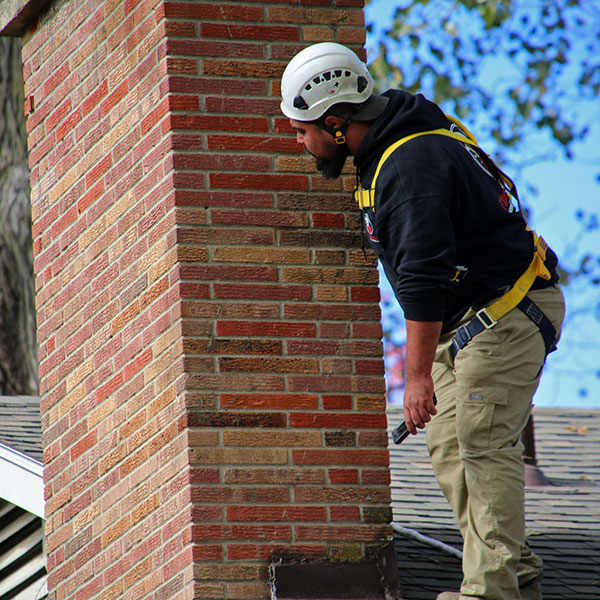 Annual chimney inspections
Annual chimney inspections
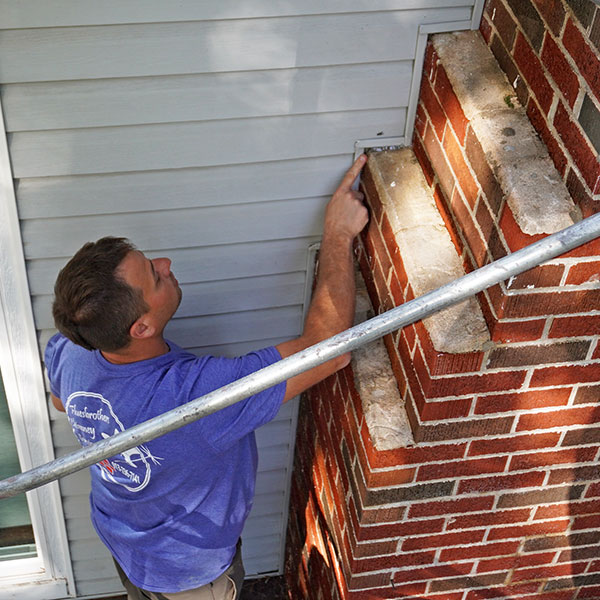 Many homes in the Kansas City area have masonry chimneys built with corbeled brick, and homeowners may need to
Many homes in the Kansas City area have masonry chimneys built with corbeled brick, and homeowners may need to 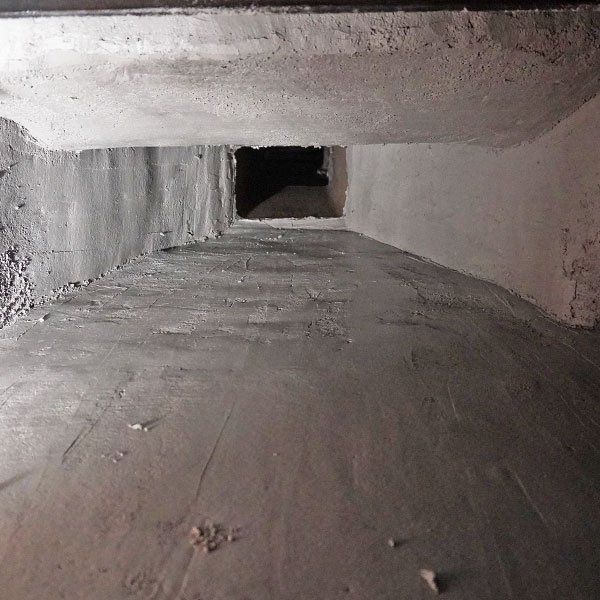 Parging is the process of smoothing the jagged edges and repairing any masonry damage like cracks or gaps in the brick and mortar. We use Heatshield® to make smoke chamber repairs because the cerfractory sealant increases the chimney’s integrity while resisting moisture, corrosive gases, and the extreme temperatures of the smoke chamber. It is UL listed and tested to ASTM C-199 and can withstand temperatures of over 2,500°F. A smooth smoke chamber surface reduces the build-up of creosote and soot deposits in the smoke chamber and reduces fire risk. It also improves the airflow efficiency in the chimney, making it easier for smoke and dangerous gases to vent out of the home.
Parging is the process of smoothing the jagged edges and repairing any masonry damage like cracks or gaps in the brick and mortar. We use Heatshield® to make smoke chamber repairs because the cerfractory sealant increases the chimney’s integrity while resisting moisture, corrosive gases, and the extreme temperatures of the smoke chamber. It is UL listed and tested to ASTM C-199 and can withstand temperatures of over 2,500°F. A smooth smoke chamber surface reduces the build-up of creosote and soot deposits in the smoke chamber and reduces fire risk. It also improves the airflow efficiency in the chimney, making it easier for smoke and dangerous gases to vent out of the home.
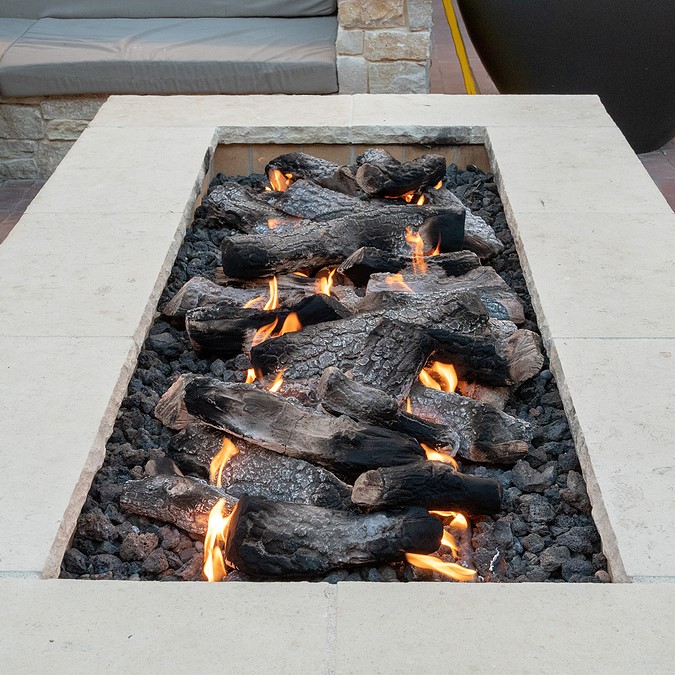 Gas or wood?
Gas or wood?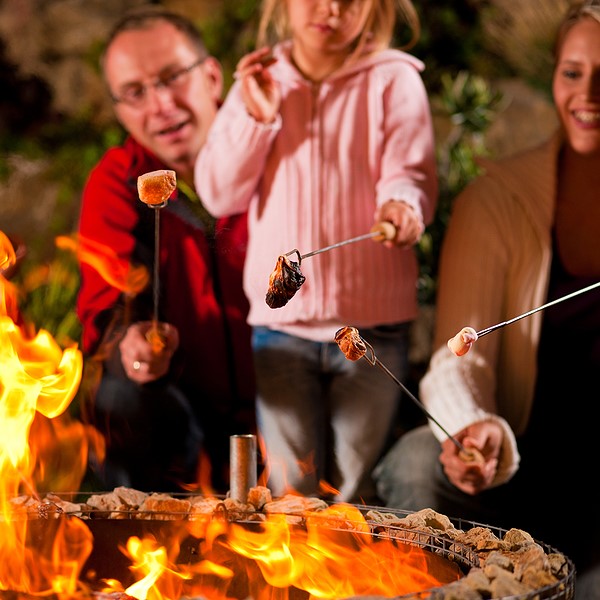 Here are seven very important safety tips that will allow you to get years of enjoyment out of your new fire pit.
Here are seven very important safety tips that will allow you to get years of enjoyment out of your new fire pit.